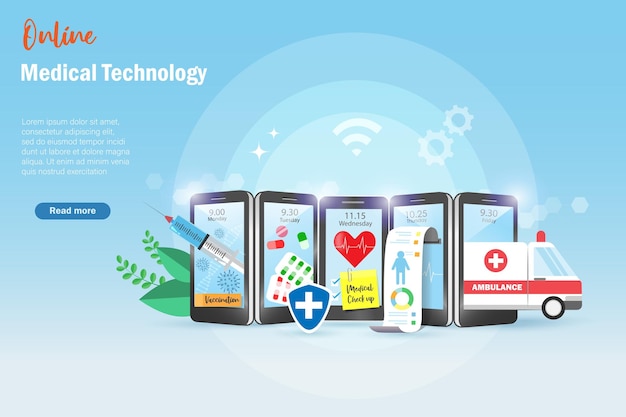A Comprehensive Overview to Subscription Based Healthcare: What You Need to Know
A Comprehensive Overview to Subscription Based Healthcare: What You Need to Know
Blog Article
The Surge of Subscription-Based Health Care and Its Effect on Patient Care
As health care progresses, the subscription-based model is acquiring grip, assuring to revolutionize client care by providing predictability and availability. These versions, which bypass typical insurance, might redefine the patient-doctor dynamic, highlighting individualized and precautionary treatment. As with any innovation, they present obstacles, especially concerning equitable accessibility for all socioeconomic teams. The capacity for these models to reshape medical care distribution increases pressing questions concerning their lasting sustainability and inclusivity. Are these membership services the future of healthcare, or do they take the chance of leaving susceptible populations behind? The intricacies of this shift warrant a more detailed assessment.
Comprehending Subscription Health Care Models
Realizing the concept of membership healthcare designs involves taking a look at a transformative approach to clinical solutions that stresses cost and accessibility. These designs, typically described as direct key treatment (DPC) or attendant medication, have become innovative options to typical fee-for-service health care systems. Subscription health care permits patients to pay a fixed month-to-month or yearly fee for a defined collection of clinical solutions, which may include unrestricted workplace gos to, routine exams, and standard lab tests, without the need for conventional insurance invoicing.
The framework of registration healthcare models is created to simplify patient care by eliminating third-party payers and complex billing codes, thus minimizing management worries. Doctor can focus more on patient care, fostering more powerful patient-provider partnerships. This version additionally advertises preventative treatment by urging normal brows through, as the economic barrier of per-visit costs is gotten rid of.
The registration model frequently empowers healthcare service providers to manage smaller patient panels, permitting even more individualized care. It aligns economic motivations with individual health outcomes, as providers are encouraged to preserve patient complete satisfaction and well-being. On the whole, comprehending membership healthcare versions needs recognizing their possible to reshape how treatment is delivered and accessed.
Advantages for Individuals and Companies

With a stable revenue stream, medical care professionals can commit more time to each individual, leading to a more comprehensive and tailored care experience. The focus on preventative care within subscription plans can lead to far better client end results and decreased lasting healthcare costs.
Issues and obstacles
While subscription-based health care versions present many advantages, they also include a collection of challenges and issues that have to be addressed. Ease of access stays a considerable concern, as these models frequently target people that can manage month-to-month costs, possibly leaving out low-income populaces. This elevates moral inquiries about equitable accessibility to medical care solutions. In addition, the varied nature of membership plans can result in confusion among clients relating to insurance coverage specifics, potentially leading to unmet assumptions or insufficient treatment.
Financial sustainability of subscription-based versions is one more concern. Suppliers need to balance the fixed income from registrations with the variable prices of health care services, which might change because of unexpected clinical requirements. This can produce stress to restrict services or rise charges, potentially influencing person fulfillment and care high quality.
Additionally, regulative oversight of subscription-based medical care designs is still evolving. The lack of standardized structures can result in irregular solution high quality and accountability, making complex efforts to ensure person security. The assimilation of technology-- commonly a cornerstone of these designs-- elevates questions regarding information privacy and safety, as delicate patient info can be prone to breaches. Dealing with these difficulties is crucial for the fair and effective implementation of subscription-based health care.
Influence On Patient-Doctor Relationships
One significant influence of subscription-based healthcare versions on patient-doctor connections is the capacity for improved connection and customized treatment. By embracing a membership version, medical professionals can handle a smaller individual panel, permitting even more devoted time with each individual. This enhanced accessibility promotes a deeper understanding of a patient's medical background, way of living, and choices, allowing much more tailored treatment strategies and treatments.

However, it is essential to identify that while subscription-based designs may profit those who can afford them, they can unintentionally broaden healthcare differences. Individuals who are unable to participate in these versions might experience reduced access to personalized care, possibly affecting their relationships with medical care suppliers. Thus, while the registration version offers encouraging advantages for patient-doctor relationships, it also poses difficulties that require to be addressed to ensure fair health care gain access to.
Future of Medical Care Access

The role of technology can not be overlooked in this improvement. Telemedicine systems and digital health and wellness records help with seamless communication in between individuals and medical care suppliers, damaging down geographical and logistical obstacles. Additionally, improvements in expert system and information analytics can further customize treatment by predicting client needs and enhancing therapy strategies.
However, the future of medical care access also provides challenges, such as ensuring equity throughout various socio-economic groups. Policymakers and health care carriers have to work together to connect the electronic divide, making sure that subscription-based versions stay inclusive and cost effective. As these systems grow, they hold the promise of making health care a lot more accessible, effective, and patient-centric.
Final Thought
Subscription-based health care models are reshaping client treatment by giving a steady cost structure and improving availability. These versions reinforce patient-provider partnerships with customized treatment and routine visits, stressing preventative health and wellness. Regardless of these advantages, challenges such as accessibility issues for low-income populaces and the demand for fair medical care solutions linger. The rise of subscription-based health care urges positive patient interaction, which has the potential to boost person end results and contentment, signaling a transformative change in medical care distribution.
As health care advances, the subscription-based version is getting grip, promising to change individual care by providing predictability and ease of access.Subscription-based health care versions supply unique advantages for both clients and suppliers, improving the total medical care experience.As medical care systems progress, the check here future of healthcare access regularly pivots on the assimilation of innovative versions and innovations.Subscription-based medical care designs are improving person care by providing a secure expense structure and boosting availability. The surge of subscription-based health care urges proactive client interaction, which has the prospective to enhance individual results and contentment, signaling a transformative shift in health care shipment.
Report this page